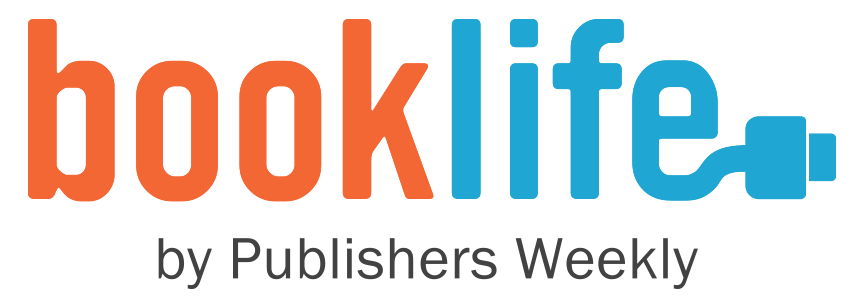There can be a lot of anxiety about selecting the right point of view for a novel. It’s no wonder: there are a lot of conflicting opinions. Some prevailing wisdom claims that publishers only like the third person, or that a writer will never find an agent who will accept a novel written in the first person. One of the benefits of being a self-published author is that you have the freedom to select whichever point of view for your novel in progress makes the most sense to you.
What are the options?
Some writers find that one point of view comes more naturally. Other writers default to one point of view because they just aren’t sure what options exist. In order to determine which point of view is right for your next book, it can be helpful to explore all the possibilities.
First-person singular: With the first person, a book is usually narrated from the perspective of one character using the pronoun I. Readers follow the story through this character’s perspective and experience. Readers will only see, know, and experience the story as the narrator does.
First-person omniscient: The book is written in the first person, but, while the narrator of the book is a character in the story, that person also has a unique knowledge of the thoughts and actions of the other characters.
Second person: Not often used for book-length writing, the second person speaks directly to the reader in the text. In this way—to borrow a term from theater—the writer breaks the fourth wall and brings the reader into the story, making “you” a character.
Third-person limited: In this point of view, the narrator, who is not a character in the story, follows the experiences and perspectives of one character.
Third-person omniscient: This style is a very common point of view for writers to use. With third-person omniscient, the book has a narrator who is all knowing and able to move among the lives of each character in the story. This means writers can not only share with the reader what is happening for each character but also enter the mind of each character, sharing their hopes, dreams, fears—things those characters might not share with others in dialogue.
Which point of view should you use?
Ultimately, each author is going to have an individual style and approach, and often each book will have a voice that will be most effectively realized through one point of view or another. My first novel (self-published) was written in the first person, my second novel (traditionally published) used the not particularly common first-person omniscient, and for my third novel (self-published), I wrote in the third person. With each of these books, I explored other options for point of view during the drafting and editing process before settling on the right approach for that particular story.
It can be helpful to think about what experience you are trying to create for the reader. For example, the second person often will catch the reader off guard. The first person almost always will automatically bring readers intimately into the story you are writing. On the other hand, the third person will often create distance between your reader and the characters, while allowing you to potentially communicate a great deal more information.
Depending on your writing community and your genre, you may feel pressure to write from a certain point of view. As self-published writers, we get a lot of control over how we structure our work and our stories. Reading within a genre you are writing or aspire to be writing in should be an active part of your research and writing life.
There is absolutely nothing wrong with not knowing before you start writing which point of view you want your novel to have. I encourage writers to play with the point of view while drafting, too. Select a chapter or a short scene from your current work in progress and try to rewrite it from a different point of view. Shifting perspective by reworking a scene can really help you learn more about your characters. It also gives you the opportunity to see the story from a new perspective. If you’re looking to shake up your writing practice, or if you’re feeling a bit stuck on a book, experimenting with point of view can be a great way to break yourself out of writer’s block.


